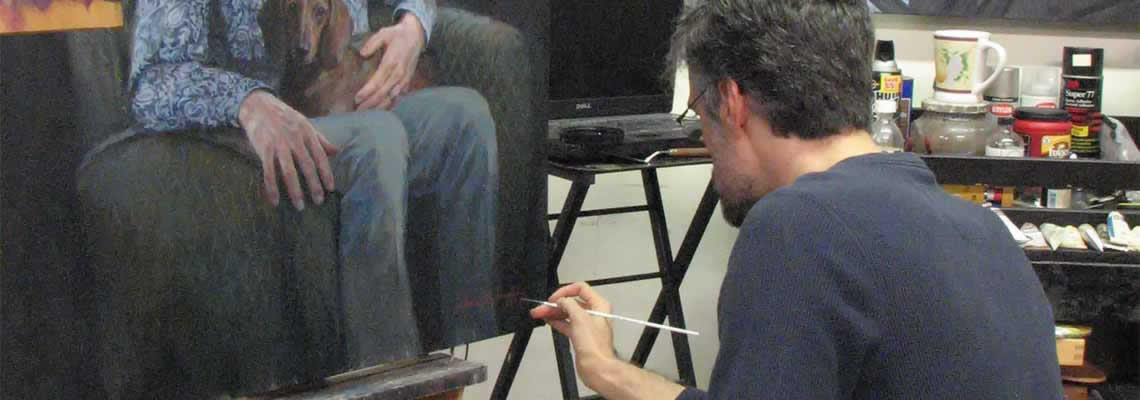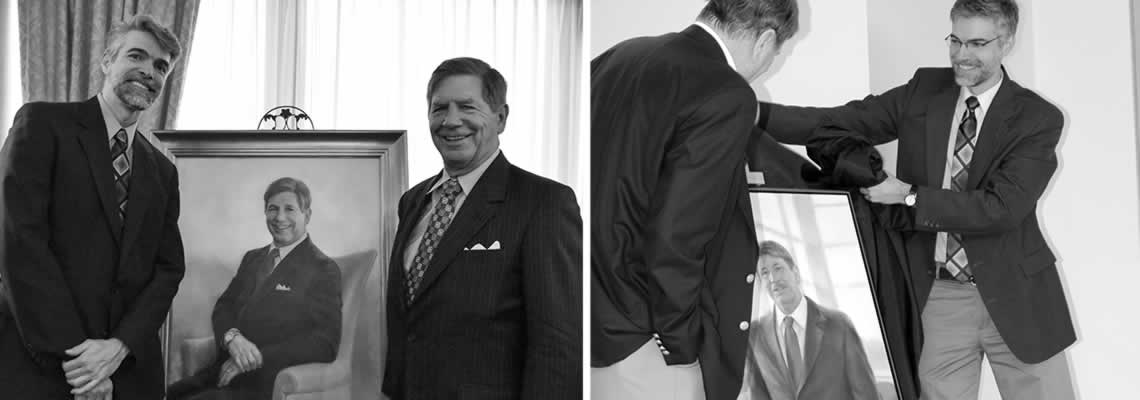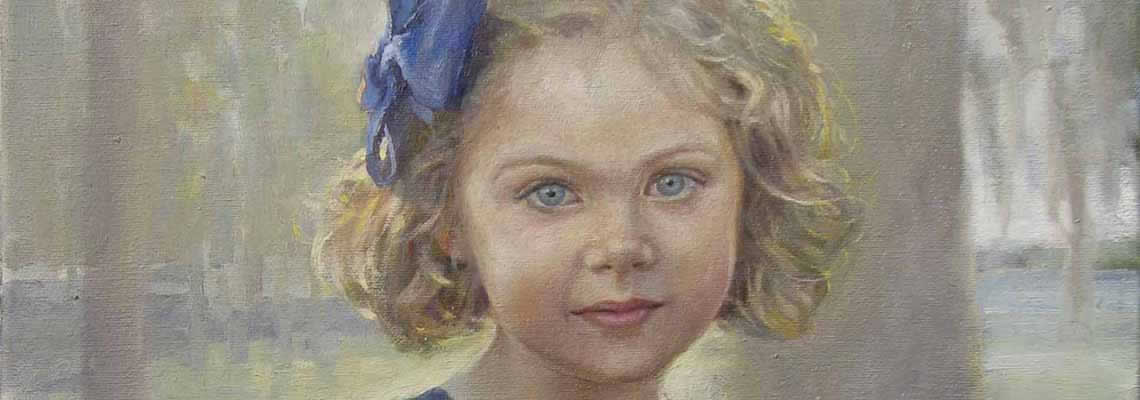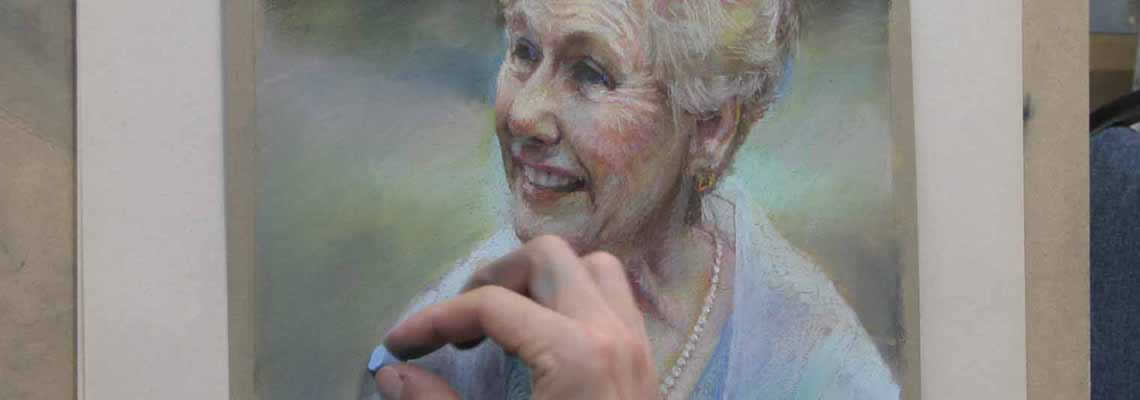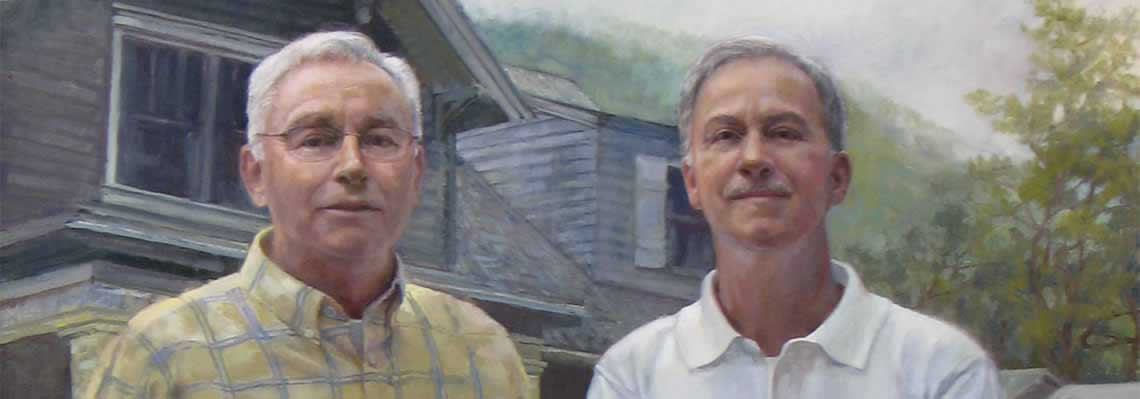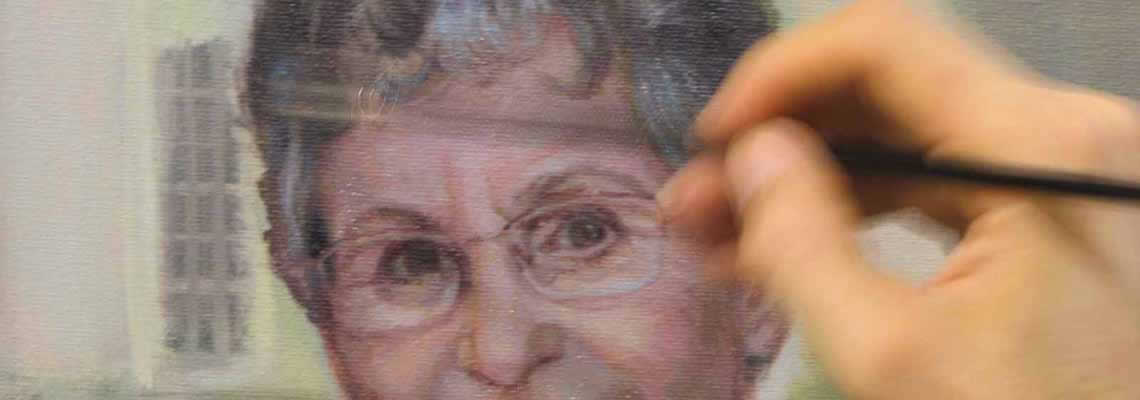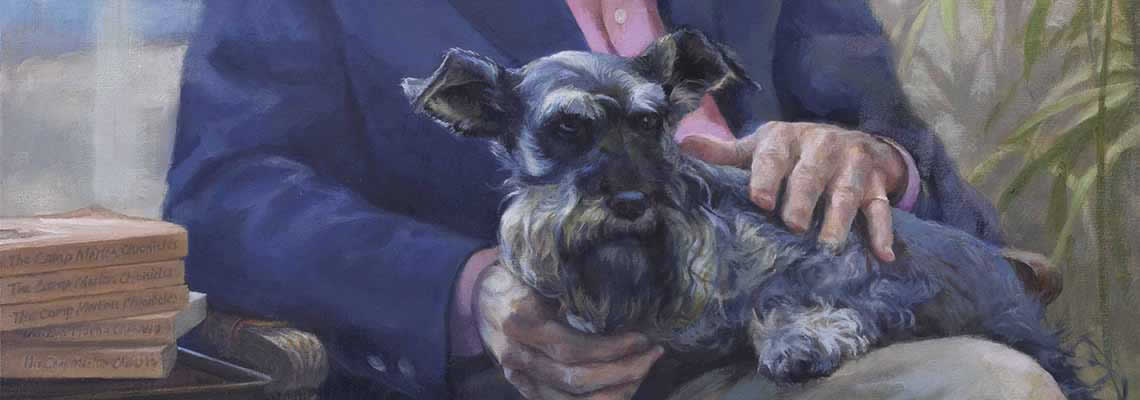How much does a fine art portrait cost?
Prices for commissioned fine artworks by a well-trained portrait artist start at a few hundred dollars and range to thousands of dollars depending several factors:
- the cost of materials
- technique of media application
- the size of the final piece
- the complexity of figures and background elements depicted in the artwork
- the number of human or animal subjects
- the depiction of background details that help complete the pictorial story
The last few decades have made digital forms of two dimensional images easy and less costly to print on canvas surfaces that are often misunderstood to be hand-created. To aid in your understanding of the value of hand-created artwork, please use the quick form below to get an idea of Shane's portrait artwork pricing. Please use the "Request a Quote" button to reveal a form requesting a customized written estimate.
Receive a free written formal Quote via Email within 48 hours...
Shane is happy to quote on artwork as surprise gifts for special events or holidays in 2026.
Please check your Email for a link to upload reference any photos to Shane's Dropbox immediately after submitting this form.
After submitting the form, please check your Email for a link requesting to upload reference photos to Shane's Dropbox.
The Tradition of Commissioning Artwork
Artists have been requested to create original works of art by private individuals, governments, and organizations since time has been recorded. Commissioned artwork can commemorate an individual or achievement and mark a time or place to be remembered.
Shane McDonald values the tradition to portray the human experience and recognizes the aesthetic variations attained by working in different media and disciplines. In this world of increasing use of AI there is strengthening value in the experience of working with an artist to collaborate on pieces of art that chronicle what it means to be human.
How do portrait artists work?

From a live sitting
Many artists prefer depicting subjects of nature from first-hand life experience. For instance, artists authentically portray the landscape through the experience "en plein air." A live sitting with a portrait artist allows the essence of the encounter to be transferred to the artwork, possibly adding value of the experience for both the artist and sitter.

From photographic reference(s)
When it comes to the depiction of people and animals, hours of sitting still can be difficult. Photographic references, whether supplied by a third-party or taken by the artist, are very helpful for the artist and can relieve the subject from self-conscious discomfort.

From both life and photos
The ideal way to provide the artist the best tools of reference is to allow the artist to experience the subject and environment first-hand. The artist's concerns affecting an artwork's design can be addressed and quick sketches or color studies can be rendered. Photos can be taken under better control of lighting, camera angle, and arrangement of the subject.
What media can be used in traditional drawings/paintings?
-
Drawing media
Monochrome drawings can be an effective way to create an impactful two-dimensional work of art in a relatively efficient and economical manner on paper substrates. Such media include:
-
Works on paper
Two-dimensional media applied to paper usually results in a relatively immediate rendering. Proper conservation necessitates that works on paper be presented (or framed) behind glass, and this sometimes offers an aesthetic appeal that is more slick and contemporary than works on canvas or panel. The following are just a few popular media used to render images on paper:
-
Oil or acrylic on canvas/linen or wood panel
Oil paint is the preferential media for professional fine art painters who value the surface texture the media can offer. It is usually one of the most costly media for commissioned paintings due to its substrate costs, and its relatively slow drying time.
Since the 1960s acrylic paint has been used to create a similar looking paint film without the need for harmful solvents. Acrylics dry much faster than oils and allow artists to work in layers very quickly. However, acrylics can be more difficult to achieve subtle color changes resulting in a more evident brush stroke.
Depending on the assignment objectives, both oil and acrylic colors can be applied to primed stretched canvas or linen panel, wood panel, and many other durable substrates, including high-density papers. Oil and acrylic paintings should be coated with a removable varnish to protect it from direct surface exposure to years of impurities and dust from the air.
How to Commission a Portrait Artist
Commissioning someone to create an artwork that carries out your vision demands an artist who is well-rounded in the realm of fine art. It takes experience to visually express a shared idea in a meaningful and aesthetically pleasing way. The following procedures ensure the commission progresses efficiently.
-
Discussion
Contact Shane McDonald with a phone call or an Email to discuss your desires for the portrait. You are also cordially invited to visit Shane's studio as he is happy to show you his process.
- Subject matter (who will be in the painting and in what setting)
- Size of artwork
- Media and substrate
- Time schedule for completion
- Installation Location (the location the artwork will be hung can dictate the size, style, textures, and color scheme used in the art)
- Scheduling of any live sitting or photography session
- Compositional Sketch(es) for approval of design
- Pickup/Delivery/Shipping (how and by whom)
- Price (any travel fees, any photography fees, down payment)
-
Written Proposal
Shane will write-up a proposal iterating the mutually agreed desires for the portrait on paper, in e-mail, or in a proposal form. The terms for a scheduled delivery will also be written.
-
Exchange of References and/or Initial Sitting
Sometimes non-copyrighted images such as snapshots or videos may be used as reference especially if the subject is not available. Shane likes to learn as much about the subject of a portrait before quoting a price, and it can be helpful to see photos. If photos are not available, Shane will set up an initial sitting and photography session. A quick live sketch may be produced at the initial sitting to confirm the discussion of the portrait composition. The sketch also serves as an opportunity for Shane to interact with the subject(s). A down payment is usually required prior to Shane's completion of any artwork sketches/studies or travel. The down payment is usually approximately 1/3rd of the total commission price.
-
Confirmation of Compositional Studies
Shane will complete compositional studies for confirmation of the proposed commission project. Mutually agreeable adjustments may be made at that time to suit the patron.
-
Studio visits/digital progress images
Shane welcomes comments by the subject or patron while the portrait is being created. Since some larger oil paintings are usually completed over time, visits to Shane's studio may be scheduled periodically. Digital photographs of the portrait's progress may be e-mailed upon request.
-
Completion and Payment
When the portrait is approved and complete, any previously undiscerned pickup, delivery or shipping plans will be made. The balance of the commission plus any shipping costs will be due prior to actual shipping. If the delivery is local, the commission balance payment will be due upon delivery.
-
Framing and Presentation
Framing is usually not included in the price of the commission, but framing services can be added to the proposal upon request.
-
Discounts: 20% discount for each additional artwork included in same commission invoice. (Perhaps you would like to have your children painted separately. The discount applies to each additional portrait on the same invoice.)
-
Other expenses: Prices do not include the cost of expenses such as framing, shipping or any necessary long-distance travel. Payment for these expenses will be agreed upon in advance.
-
Creation time: The overall time to create a commissioned portrait ranges from a month to more than a year depending on the subject and Shane's schedule. Requests for special deadlines will be honored if at all possible.
-
Animals: Pets, horses, and other animals can be incorporated into compositions. Such living creatures often contribute to a human portrait's vitality, and Shane loves to portray animals just as well as humans.
-
Special requests and genre art: Backgrounds of special places, still-life memorabilia, and architecture can be worked into the compositions. The subjects can be arranged in a setting capturing a moment of action in something that Shane calls a genre artwork. Mural-sized works can also be created.
-
Contemporary sizes: Odd-sized compositions may be created to meet your space needs or to suit your aesthetic taste. For instance, an extremely long painting or drawing around twice its width can be quite striking and create a sense of strength and stability. An artwork twice as wide as it is high can create a tranquil feel. A square composition can create a sense of order.
-
Subject depiction size: Most portrait compositions incorporate the subject 65% - 100% of life size. Portrayals slightly larger than life can create a perception of the subject's grandness. For example, most of our White House Presidential portraits are painted slightly larger than life.
